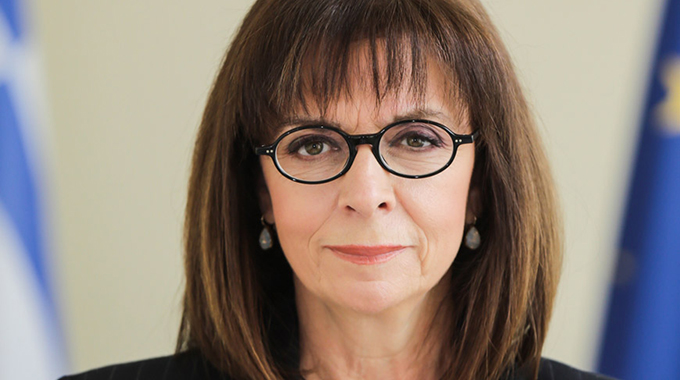Stanbic posts $1,1bn profit

Business Reporter
Stanbic Bank has posted an inflation adjusted profit after tax of $1,1 billion for the year ended December 31, 2020, recovering from a $44 million loss in the prior year.
The Standard Bank subsidiary posted a
$ 3,1 billion profit for the year under review in historical terms, exceeding comparative period performance of $477 million.
In a statement accompanying results, Stanbic’s chairman, Mr Gregory Sebborn, said the bank ended the year with a qualifying core capital of $3,8 billion up from the 2019 figure of $651,2 million, well ahead of the regulatory minimum of $25 million.
The leading financial services institution has remained ahead of the 2021 minimum capital threshold that is the local currency equivalent of US$30 million.
Mr Sebborn bemoaned the adverse effects Covid-19 on the economy particularly during the lockdown periods.
“The outlook for 2021 remains grim on account of the resurgence in the number of Covid-19 infections.
“Sustenance of the positive developments achieved in the second half of 2020, will be hugely dependent on the impact of Covid-19 in the outlook and potential Government interventions to control any adverse developments.
“The GDP growth rate of 7,4 percent projected by the Government for 2021 could be at risk if the impact of Covid-19 on economic performance is not significantly mitigated through availability of a sustainable and affordable vaccine,” said Mr Sebborn.
Stanbic Bank chief executive, Mr Solomon Nyanhongo, said inflation adjusted net interest income declined by 18 percent from $2 billion in 2019 to $1,7 billion, despite the strong growth in the bank’s gross lending book from an inflation adjusted balance of $4,3 billion to $9 billion as demand for local currency funding continued to increase in line with growing working capital requirements.
Mr Nyanhongo said lending rates remained subdued during the year and could not match the 14 percent average month on month inflation on account of market and regulatory constraints and in turn, contributed to the receding interest income.
“The bank recorded a 53 percent increase in its net fee and commission income, growing from $1,7 billion in 2019 to $2,6 billion.
“The improvement in our fee and commission income was largely underpinned by the impact of the rapid depreciation of the local currency against the USD on our foreign denominated commission income,” said Mr Nyanhongo.
Mr Sebborn said apart from Covid-19, other perennial challenges that were constraining economic growth prospects in 2020 included erratic weather/rainfall patterns, low business confidence and high inflation levels.
Gross Domestic Product (GDP) is estimated to have declined by 4,1 percent according to the Reserve Bank of Zimbabwe.
“On a promising note, during the last quarter of 2020, some of the Government’s efforts aimed at promoting price stability have started to bear positive outcomes as evidenced by the relative stability in both the official (at a range of USD1:$81-83) and black market exchange rates,” said Mr Sebborn.
He commended the introduction of the weekly foreign exchange auction system saying it breathed life into the economy with major highlights being the decline in annual inflation from a high of 837,5 percent in July 2020 to 348 percent by December 2020 as well as the slowdown in money supply growth and improved foreign currency availability to the productive sectors of the economy.
Stanbic Bank supported some of its large corporate clients with foreign currency to enable them to continue producing ethanol, which is the key ingredient in producing alcohol-based sanitisers.
Some pharmaceutical producers were provided with foreign currency for the purchase of raw materials necessary to manufacture drugs, helping to ensure the health sector maintains the required levels of medication for patients.
“A total of US$145 000 in foreign currency was provided to other clients to procure sanitisers and sterilisation chemicals.
“We facilitated the acquisition of medicines and hospital equipment by some of our clients in the health sector totalling US$2,5 million,” said Mr Sebborn.
Mr Nyanhongo echoed Mr Sebborn by noting that 2020 was an extremely difficult year in which the economy was confronted by innumerable challenges ranging from a soaring inflationary environment, foreign currency challenges, and declining aggregate demand which was worsened by the devastating impact of the Covid-19 pandemic which disrupted business operations across the world.
Stanbic Bank’s performance was not spared from the adverse impact of the pandemic and the institution invoked its business continuity plans in order to serve clients whilst observing the recommended health and safety measures.
“Our 2020 Corporate Social Investment activities focused mainly on Covid-19 relief as the world continues to fight the pandemic.
“Through a US$200 000 fund, we provided designated Covid-19 centres with Personal Protective Equipment (PPE), PCR test kits, ventilators and sanitisers,” said Mr Nyanhongo.










Comments